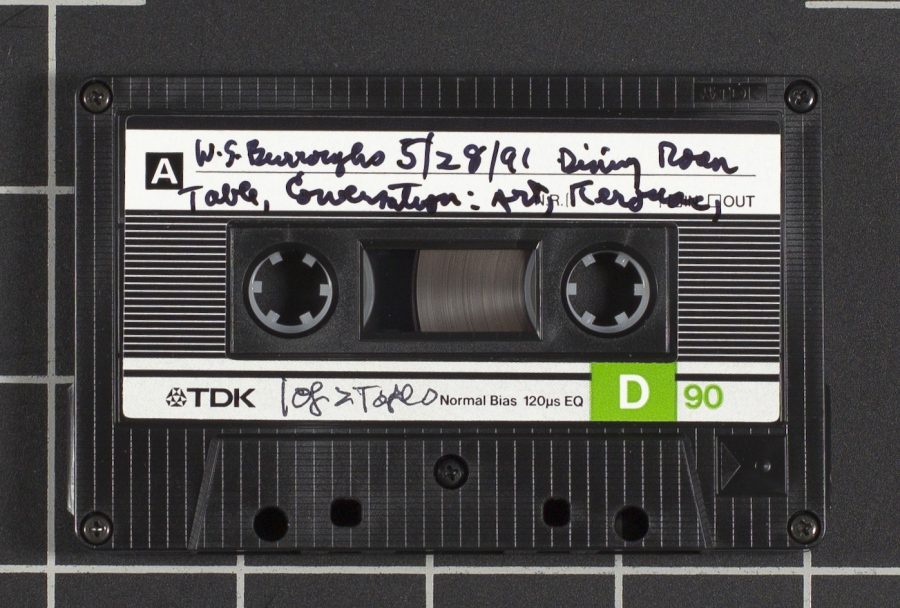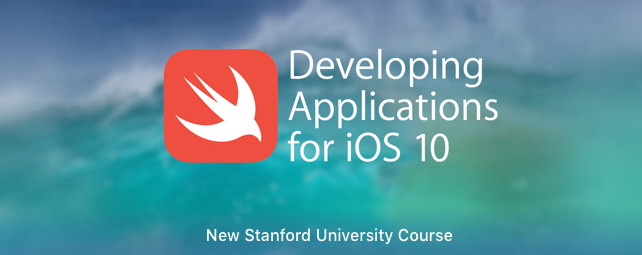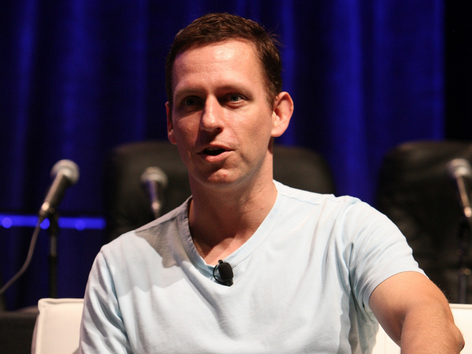If you ask a few of today’s youngsters what they want to do when they grow up, the word “design” will almost certainly come up more than once. Ask them what design itself means to them, and you’ll get a variety of answers from the vaguely general to the ultra-specialized. The concept of design — and of designing, and of being a designer — clearly holds a strong appeal, but how to define it in a useful way that still applies in as many cases as possible?
One set of answers comes from the 90-minute “Crash Course in Design Thinking” above, a production of Stanford University’s Hasso Plattner Institute of Design, or d.school. The Interaction Design Foundation defines design thinking as “an iterative process in which we seek to understand the user, challenge assumptions we might have, and redefine problems in an attempt to identify alternative strategies and solutions that might not be instantly apparent with our initial level of understanding.” In a brief history of the subject there, Rikke Dam and Teo Siang write that “business analysts, engineers, scientists and creative individuals have been focused on the methods and processes of innovation for decades.”
Stanford comes into the picture in the early 1990s, with the formation of the Design Thinking-oriented firm IDEO and its ” design process modelled on the work developed at the Stanford Design School.” In other words, someone using design thinking, on the job at IDEO or elsewhere, knows how to approach new, vague, or otherwise tricky problems in various sectors and work step-by-step toward solutions. D.school, with their mission to “build on methods from across the field of design to create learning experiences that help people unlock their creative potential and apply it to the world,” aims to instill the principles of design thinking in its students. And this crash course, through an activity called “The Gift-Giving Project,” offers a glimpse of how they do it.
You can just watch the video and get a sense of the “design cycle” as d.school teaches it, or you can get hands-on by assembling the simple required materials and a group of your fellow design enthusiasts (make sure you add up to an even number). Youngster or otherwise, you may well emerge from the experience, a mere hour and a half later, with not just new problem-solving habits of mind but a newfound zeal for design, however you define it.
“Crash Course in Design Thinking” will be added to our collection, 1,700 Free Online Courses from Top Universities. You can find a number of MOOCS on design thinking and design at Coursera.
Related Content:
Download 20 Free eBooks on Design from O’Reilly Media
Saul Bass’ Advice for Designers: Make Something Beautiful and Don’t Worry About the Money
Bauhaus, Modernism & Other Design Movements Explained by New Animated Video Series
Abstract: Netflix’s New Documentary Series About “the Art of Design” Premieres Today
Based in Seoul, Colin Marshall writes and broadcasts on cities and culture. He’s at work on the book The Stateless City: a Walk through 21st-Century Los Angeles, the video series The City in Cinema, the crowdfunded journalism project Where Is the City of the Future?, and the Los Angeles Review of Books’ Korea Blog. Follow him on Twitter at @colinmarshall or on Facebook.






